These beautiful dogs need homes as soon as possible. Please spread the word! And read the message below about why these dogs need to be adopted urgently.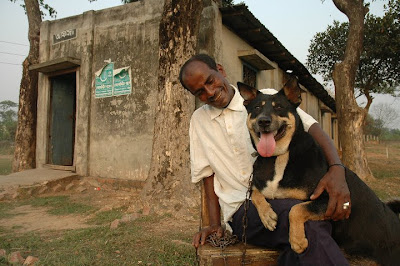 Moti
Moti Gender: Male
Age: 6 years (estimated)
Breed : Local
Color: Black with brown neck and eyes
Temperament : Extremely playful and friendly
History: Moti was found wandering the streets of Baridhara with a severe condition of sarcoptic mange, malnutrition and evidence of neglect and abuse. He underwent a 6 month long “at home” treatment before he was himself again. We like to call Moti “the magic dog” as his recovery was almost magical!

Rosha
Gender: Female
Age : 8 Years (estimated)
Breed : Local
Color : White and Brown
Temperament : Calm, quiet and extremely observant! She loves to hunt and catches more mice than any of the cats in the area!
History : Rosha was adopted by a group of Guards in Baridhara, Road 14 in 2003. She spent almost 6 years in Baridhara, where she had a regular supply of food, open streets to roam and her daughter Kashtanka, who was also her playmate and her best friend. On April 4, 2009, Kashtanka was maliciously killed by the authorities of City Corporation (despite having a collar and registration tag). They came after Rosha too, but she managed to escape. The next day, Rosha was brought to Savar.

Obhoy
Gender : Male
Age: 3 Years
Breed : Local
Color : Black and White Patches
Temperament : Hyper active!
History: Obhoy is probably the only dog in the lot with no traumatic history. He made himself at home when the shelter was being built and just never left. He is an absolute sweetheart and loves to play!

Timon
Gender: Female
Age: 2 Years
Breed: Local
Color : Light Brown
Temperament : Non-confrontational, playful, affectionate and extremely loving!
History : Timon was only a small puppy when she was found hiding inside a garage in a house in Elephant road. Timon was extremely fearful of people and would not let anyone touch her. She was fostered by a member of Obhoyaronno for a few months before she was taken to the shelter. Timon is the baby of the house, and everyone loves her to pieces!
Additional Information
•All dogs are neutered and vaccinated
•The dogs are used to running free in an open space. We would prefer homes where there is land around it and/or where the dogs won’t be chained.
•All four dogs will be excellent as guard dogs/play dogs.
•You can adopt them in pairs if you want.
Contact Information
Rubaiya Ahmad
Cell: 01718643497
e.mail : noholi@yahoo.com
This is an appeal from Rubaiya Ahmad of Obhoyaronno:Obhoyaronno-Bangladesh Animal Welfare Society (O-BAWS) has been operating an animal shelter in Savar since 2008. The shelter was originally built to house ill, injured, abandoned and stray animals, but as we started taking animals in, we quickly realized the magnitude of the problem of homeless animals and the huge amount of resources that we needed to combat it. The idea of running a “shelter” was put to a stop immediately and instead the Obhoyaronno team started working on the policy issues to identify and mitigate the causes of homeless and abused animals in Bangladesh. The shelter currently has only four dogs and two staff members. We decided not to close down the shelter altogether but to keep it running as a future location for a veterinary hospital.
Today, this shelter is under attack! A group of land grabber/pirates in Savar has been trying to take over more than 1200 acres of land including our shelter for the past one month. On July 22, 2010, over 300 houses and buildings in the area were illegally demolished by a group, who are now in a legal battle with the owners’ association (us). We have received a “Stay Order” from the Supreme Court, but continue to receive threats by the local goons and thugs indicating that if we do not evacuate the premises, the dogs along with their care givers will be hurt.
As much as I would like to tough it out and wait for the “bad guys” to be defeated, I am very worried for the safety of my dogs and would like to re-locate all four of them as soon as possible. These dogs are very very dear to us and we want to put them in homes where they will receive the same kind of love and affection as we have given them.
Obhoyaronno - Bangladesh Animal Welfare Society is on Facebook
Savar,
Bangladesh




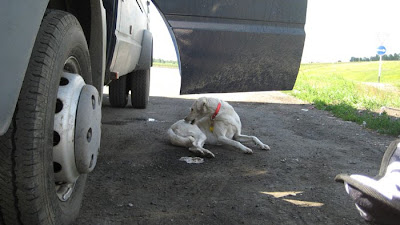










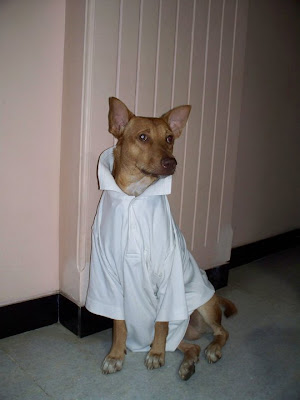


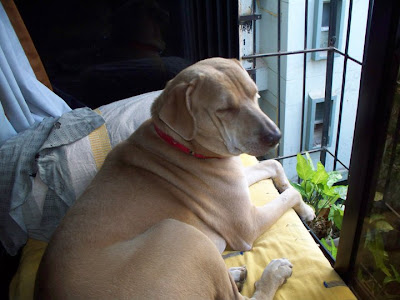
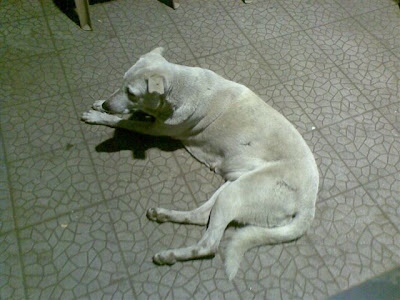


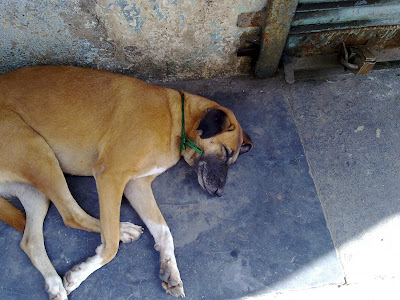



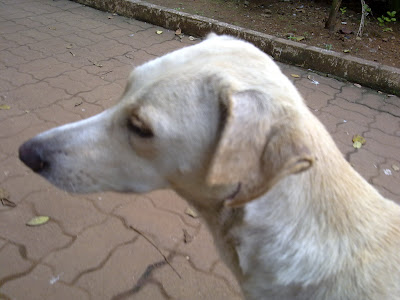









.JPG)
